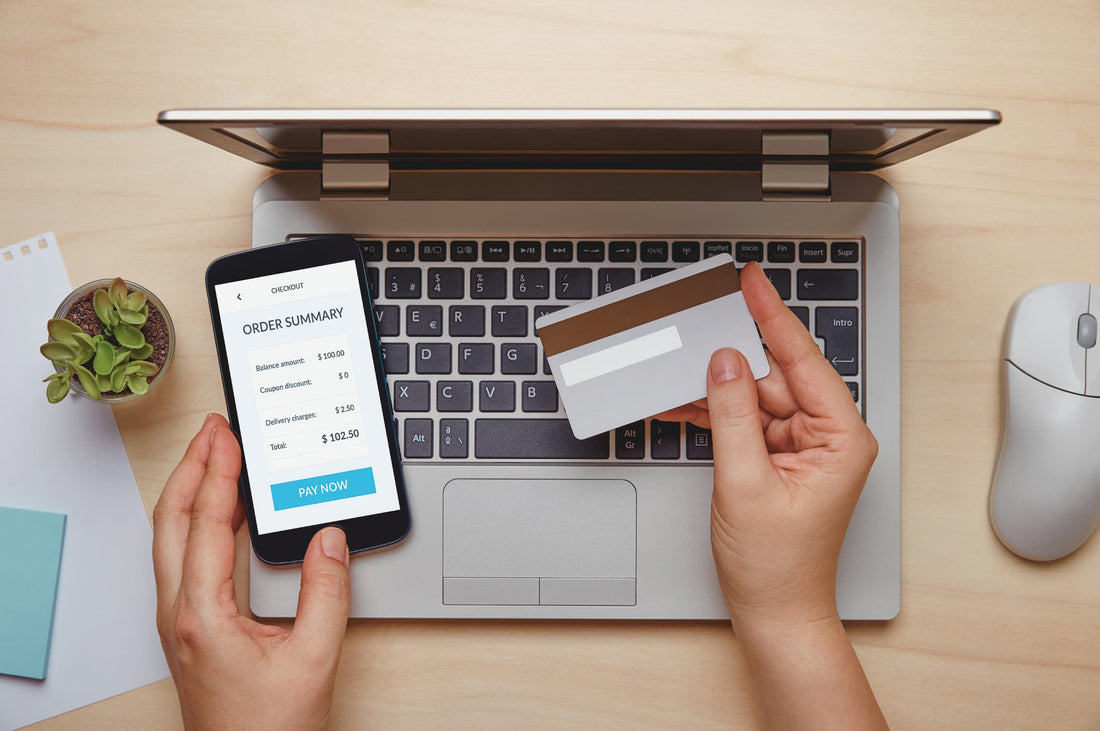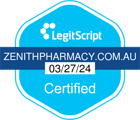In the rapidly evolving world of healthcare and technology, Australian online pharmacies are becoming a preferred choice for consumers seeking convenience and accessibility. With advancements in digital payments, regulatory frameworks, and e-prescriptions, understanding how to securely pay for pharmacy products online is crucial. This guide explains the variety of payment options available, security measures implemented by pharmacies, regulatory requirements, and how consumers can protect themselves when purchasing medicines online.
1. Overview of Payment Options in Australian Online Pharmacies
Online pharmacies in Australia offer multiple payment methods to suit different consumer preferences. Selecting the right pharmacy payment gateway or method not only improves convenience but also ensures security and peace of mind.
Credit and Debit Cards
Credit and debit cards remain the most widely used payment methods for online pharmacy purchases. They are convenient, fast, and supported by advanced fraud protection measures from banks. Most pharmacy chains accept Visa, MasterCard, and AMEX for a seamless checkout experience.
Digital Wallets
Digital wallets like Apple Pay and Google Pay are gaining traction in online pharmacy transactions. These wallets provide secure payments without the need to enter card details repeatedly. Features like fingerprint or facial recognition add extra protection against fraud, making digital wallets one of the safest ways to pay online.
Bank Transfers
For those preferring direct payments, bank transfers are another option. While not instant, they provide a secure and verifiable method for completing online pharmacy purchases. Some consumers still favour this option due to familiarity and trust in their banking institution.
Buy Now, Pay Later (BNPL)
BNPL services such as Afterpay are becoming increasingly available in Australian online pharmacies. This option allows consumers to receive their medicines immediately while paying in installments, usually interest-free. BNPL provides an alternative to traditional credit cards, especially for customers who prefer predictable repayment schedules without the risk of accruing interest.
2. Security Measures for Online Pharmacy Payments
Security is a top priority for Australian online pharmacies, especially when sensitive medical and financial data is involved. Choosing a pharmacy with robust payment gateway security is crucial.
SSL Certificates
SSL certificates encrypt the data transmitted between the customer and pharmacy server. They ensure that personal details, including credit card numbers, cannot be intercepted by malicious actors. A secure website URL starting with https:// is a basic indicator of SSL protection.
Two-Factor Authentication (2FA)
2FA adds a second layer of security to online accounts, requiring a password plus a one-time code sent via SMS or an authentication app. Online pharmacies implementing 2FA significantly reduce the risk of unauthorized access and fraudulent transactions.
Advanced Encryption
Beyond SSL, many online pharmacies employ advanced encryption protocols to safeguard transaction details and prescription data. This ensures that sensitive consumer information remains confidential and protected against cyber threats.
3. Regulatory Compliance for Online Pharmacies
Australian online pharmacies operate under strict regulations to ensure safety, authenticity, and consumer protection.
Pharmacy Regulation
All online pharmacies must comply with the Pharmaceutical Society of Australia guidelines and adhere to the same regulations as physical pharmacies. This includes accurate dispensing of medicines, privacy protection, and secure transaction processes.
Data Protection
The Australian Privacy Principles (APPs) within the Privacy Act 1988 dictate how personal information is collected, stored, and used. Consumers have the right to access and correct their information and to know how their data is being processed. Being aware of these regulations ensures that customers transact with confidence.
4. Anti-Fraud and Consumer Protection
Anti-Fraud Measures
Australian online pharmacies implement sophisticated monitoring systems to detect suspicious activities, prevent fraud, and ensure the safety of transactions. Features such as identity verification, IP monitoring, and fraud detection algorithms protect both the business and consumers.
Consumer Rights
Consumers are legally protected in cases of fraud or data breaches. They have the right to refunds, redress, or legal recourse if their information is compromised. Awareness of these rights strengthens trust in online pharmacies.
5. The Role of eScripts in Online Pharmacy Payments
Electronic prescriptions (eScripts) have transformed the way Australians access medicines. eScripts allow doctors to send prescriptions digitally to pharmacies, which can then be verified and filled quickly.For convenience, patients can also order their prescription online using the pharmacy’s secure portal.
Benefits of eScripts include:
-
Reduced Errors: Minimizes mistakes from handwritten prescriptions.
-
Convenience: Patients can send prescriptions directly to the pharmacy through approved mobile apps.
-
Security: Conformant apps validate prescriptions against the National Prescription Database, ensuring authenticity and reducing the risk of fraud.
Using eScripts in conjunction with secure payment gateways provides a seamless, safe, and convenient experience for both consumers and pharmacies.
6. Choosing a Secure Online Pharmacy Payment Gateway
When selecting an online pharmacy, consider the following:
-
Look for SSL certification and 2FA-enabled accounts.
-
Check whether the payment gateway for pharmacy is recognized and secure.
-
Opt for pharmacies that comply with Australian regulatory standards and offer validated eScript processing.
-
Ensure anti-fraud measures are in place, particularly if using BNPL services.
Conclusion
Navigating online pharmacy payments in Australia is straightforward if consumers are informed. By understanding the different payment options, selecting secure payment gateways, being aware of regulatory requirements, and leveraging technologies like eScripts, customers can confidently purchase medicines online.
Australian online pharmacies are not just a digital alternative to traditional pharmacies; they are evolving into secure, efficient, and convenient healthcare access points. Staying informed and vigilant ensures your financial and personal data is safe, while also making your online pharmacy experience seamless and trustworthy.


 Zen Xiao
Zen Xiao


